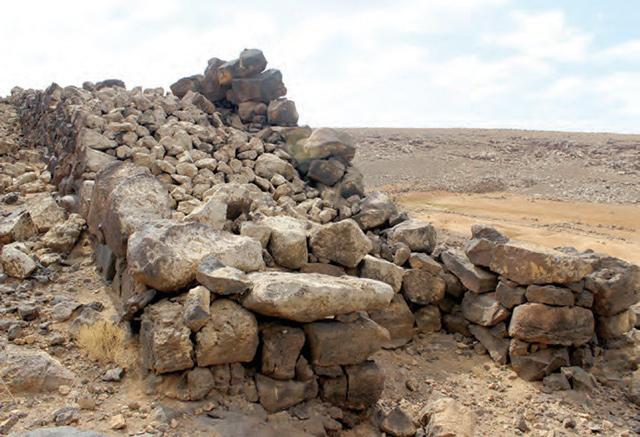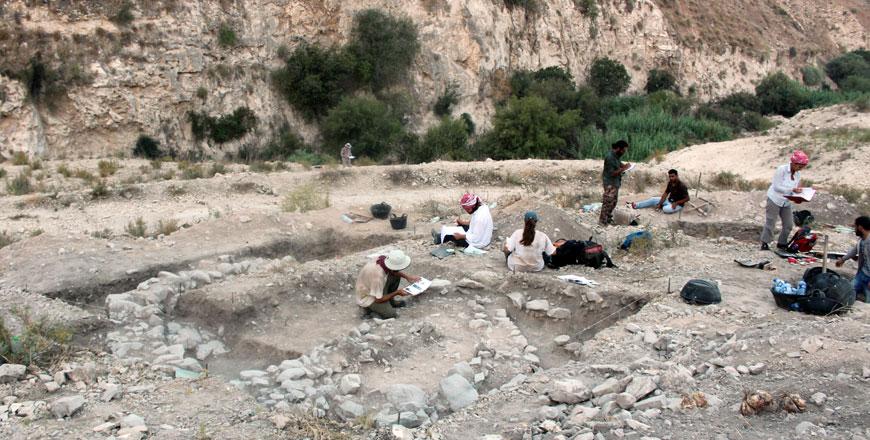You are here
Scholar embarks on study of climate change impact in ancient times
By Saeb Rawashdeh - Sep 11,2019 - Last updated at Sep 12,2019

The research focuses on possible social effects of climate on societies in the Middle East (Photo courtesy of Pascal Flohr)
AMMAN — Even in ancient times, people already had an effect on the environment by cutting wood for fires and by letting goats and sheep graze around the villages, which caused erosion of the landscape, said an archaeologist specialising in the topic.
The episodes of increased aridity during the Neolithic period were partly due to natural processes caused by earth warming and ice melting, said Pascal Flohr from Oxford University.
Regarding the southern Levant, including Jordan, the climate during the Neolithic period was favourable in general, the archaeologist continued.
“It was more stable than in the preceding Palaeolithic and Epipalaeolithic periods, and seems to have been warmer and wetter than before,” she said, adding that the weather conditions probably helped the introduction of cultivation and herding.
The most striking climatic period in these times was the so-called 8.2 ka event, the scholar noted.
“This is called like this because it happened around 8200 years ago, so around 6250 BC, lasting about 200 years to around 6000 BC,” the archaeologist explained, adding that the event caused melting glaciers and aridification, which happened so fast that people would have certainly noticed the change.
In the Mediterranean, the effect was probably smaller and nearer to the melt water, but still noticeable.
“We don’t know the effect in Jordan, but it is likely that rainfall decreased, which would have affected early agriculture. Harvests might have been smaller or even failed completely and animals might have had less to eat,” the scholar said, noting that some researchers believe that societies collapsed in these times, “for example with people dying of starvation and/or migrating to better areas”.
Flohr is interested in studying possible social effects of climate on societies in the Middle East, including Jordan, for which she is in need of reliable dating.
“For example, if a social change occurs 100 years before the climate change, the climate change cannot possibly have caused it – but in prehistoric archaeology, 100 years more or less is often treated as ‘around the same time’,” the scholar said, adding that she and her team therefore focused on radiocarbon evidence to date archaeological evidence.
Flohr and her team believe there was no large-scale collapse. “It seems people continued with their lives and did not migrate to other places, at least not on a large scale,” the archaeologist said.
During that time in the area of today’s Jordan, pastoralism was increasingly important and people were more and more present in the steppe and desert areas, according to the scholar. It is possible that this helped people cope with the changing climate, the archaeologist noted.
Related Articles
AMMAN — Despite the cultural importance of the Neolithic period, when people first began making pottery and developing agriculture, simply f
AMMAN — Scholars predominantly began exploring Jordan’s prehistory in the mid-1970s, according to a Jordanian archaeologist.“The archaeologi
AMMAN — Excavations at a Late Neolithic site in north-western Jordan revealed the existence of an agrarian society in which pottery held a k



















